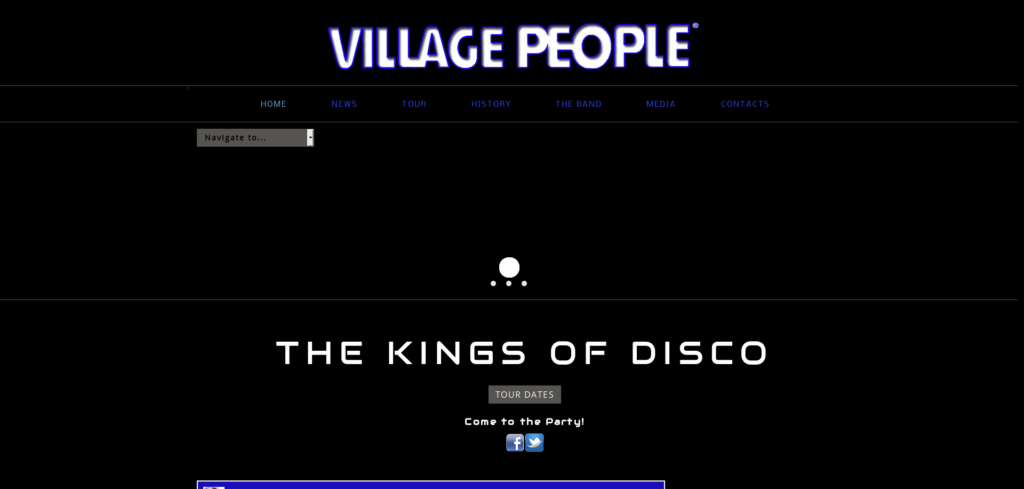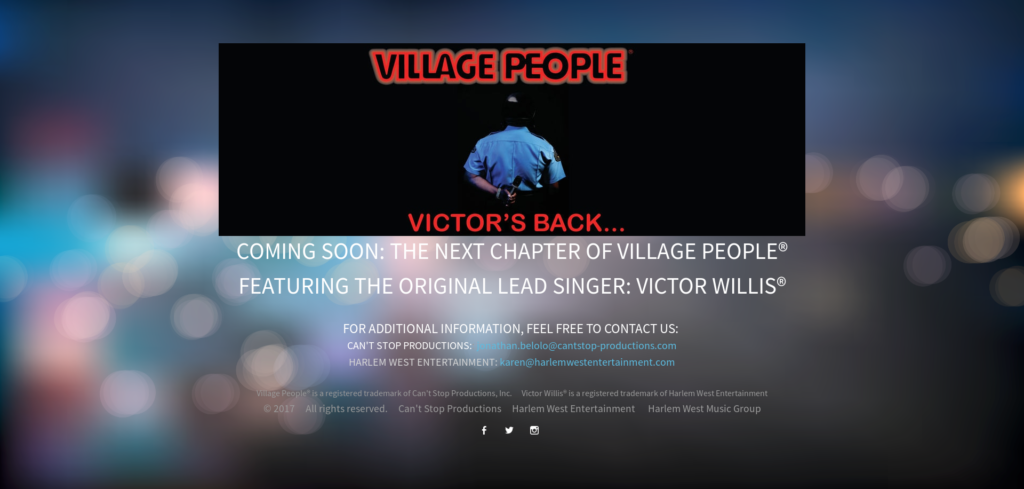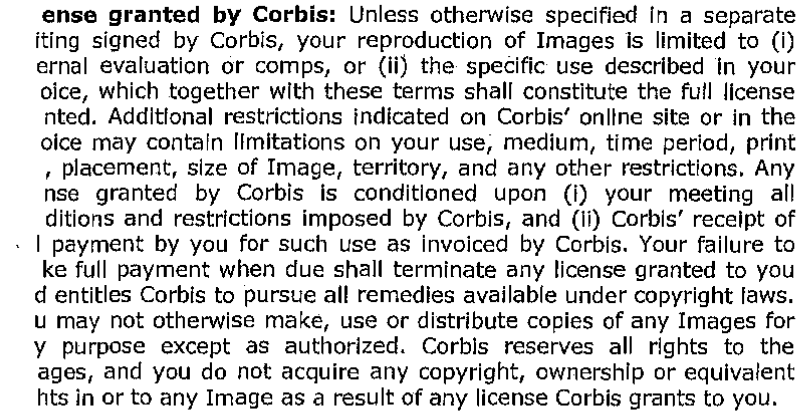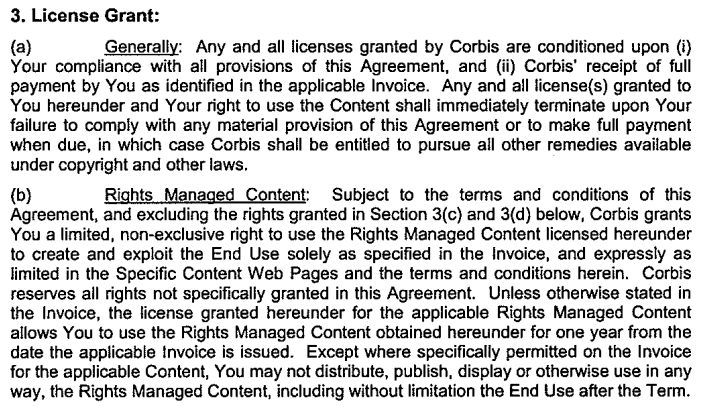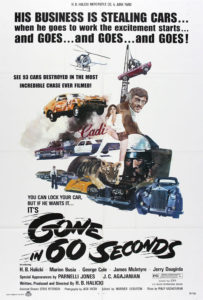This is a remarkable story. It’s a counter-intuitive result, not wrong, but so surprising.
I present: THE VILLAGE PEOPLE!! (Go ahead, full screen. You know you want to.)
There is no dispute that the plaintiff in this case, Can’t Stop Productions, Inc., created the Village People. The front man in the video, the police officer, is Victor Willis. Willis claims that he was the first member of the Village People and the band was formed around him; another early member, Felipe Rose, says that he was the first discovered, although it doesn’t matter. Willis left the band in 1979 and the band ceased touring in 1985.
In 1987, the remaining members, including Willis’s replacement, formed defendant Sixuvus Ltd. Sixuvus’s then-booking and management agency asked Can’t Stop for a license to use the Village People trademarks in exchange for 5% of the gross for touring. Can’t Stop agreed. In 1989 Sixuvus was changing management companies and asked Can’t Stop to transfer the license directly to Sixuvus. No formal agreement was reached, but both parties agree there was an oral agreement that the defendants could use the mark “Village People” for live performances in exchange for 5% of the gross receipts after expenses were deducted. The length of the license was disputed; the defendants claim that the license was for as long as they sought to perform but the plaintiff said it was for as long as the plaintiff agreed to license the marks.
This arrangement lasted for thirty years, with an average of 50 performances a year. At the time of the suit, two of the original members and Willis’s replacement still performed. The other three parts were played by various people over the years.
Faithful readers will know that Willis also successfully recaptured ownership of the copyright in his songs. Willis had filed lawsuits against both Can’t Stop and Sixuvus, and in the Spring of 2017 Can’t Stop granted Karen Willis d/b/a Harlem West Entertainment, Willis’s wife, a 10-year exclusive license to use the Village People marks effective June 1, 2017 in settlement of the suit. By email dated May 30, 2017, Can’t Stop terminated the license to Sixuvus effective June 1, 2017 but allowed Sixuvus to meet its existing contractual commitments. Sixuvus began questioning Can’t Stop’s ownership of the marks, so Can’t Stop sued Sixuvus and the band members for trademark infringement and a declaratory judgment on ownership.
The court initially granted Sixuvus’s request for a temporary restraining order that would permit Sixuvus to perform as “Sixuvus Presents The Legendary Village People.” Thereafter, Karen Willis intervened and the court modified the order, allowing Willis to perform as “Village People featuring Victor Willis” and Sixuvus to perform as “Village People featuring _____,” both of them also required to say in any advertising “The trademark ‘Village People’ is the subject of litigation. There are two groups performing under the name ‘Village People.’” But the court has now denied Sixuvus’s motion for a preliminary injunction and vacated the TRO.
So how was your issue spotting on these facts? I jumped straight to thinking there might be a naked license and I was wrong. The court first concludes that Sixuvus, as a licensee, was estopped from asserting that its license had been a naked one. In the Second Circuit, whether a licensee will be estopped is evaluated by balancing the public interest in challenging invalid trademarks against the private interest in enforcing contracts. Here the public interest in the trademarks was not great because no one was being misled, so the rule of the law of contracts, that one should be held to their undertakings, prevailed.
Even if the defense could have been entertained, Don’t Stop’s efforts to control the use of the mark were sufficient. Read the opinion for the details, but Sixuvus used the same choreography and costumes it always had with minor changes, Don’t Stop had approval over changing members, it attended performances, reviewed marketing materials, and was kept apprised of the touring schedule. This was far from a naked license.
There was no breach of contract. If a contract does not have a termination provision, it is terminable after a reasonable duration and reasonable notice. A 30-year duration is not too short, and while there was only one day’s notice, Sixuvus was allowed to meet its existing performance commitments and was not harmed by the notice period.
Sixuvus’s claims for promissory estoppel and tortious interference failed too.
And presto, after 30 years we now have a different set of Village People. The website at officialvillagepeople.com went from this:
to this:
over three days in June, 2017. Two people who have been members of the Village People since the beginning, for almost 40 years, are no longer Village People. Victor Willis, who went decades without any relationship with the Village People, is now back to front man with the exclusive right to use the Village People trademarks. Fans who have attended concerts over the decades will see an entirely different assortment of performers now. What an astonishing turn of events.
Can’t Stop Prods. v. Sixuvus, Ltd., No. 17-CV-6513 (CS) (S.D.N.Y. Mar. 6, 2018).
 This work is licensed under a Creative Commons Attribution-NoDerivatives 4.0 International License.
This work is licensed under a Creative Commons Attribution-NoDerivatives 4.0 International License.
